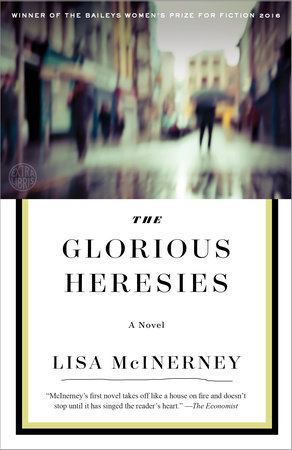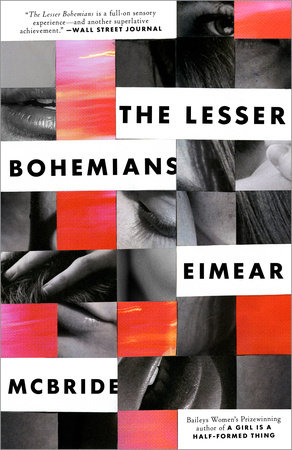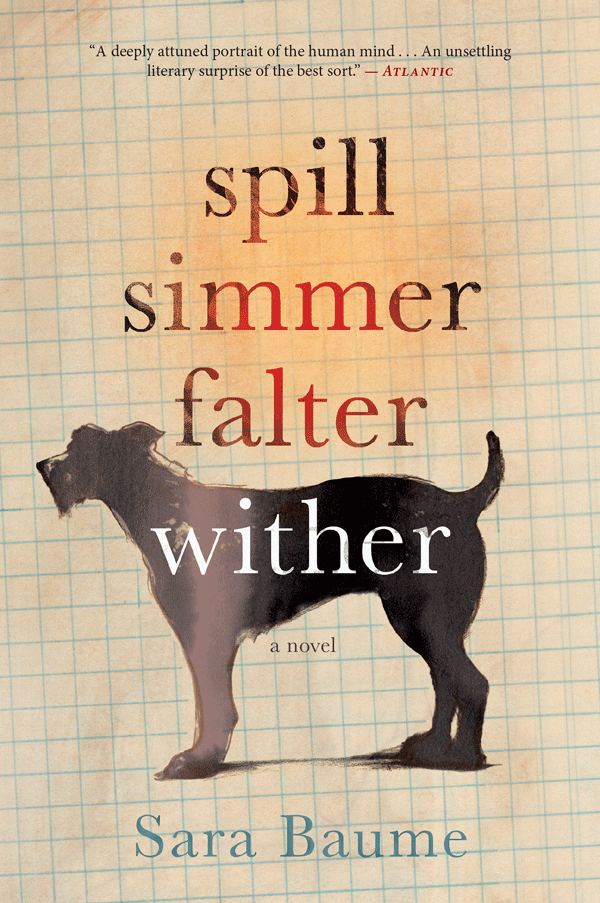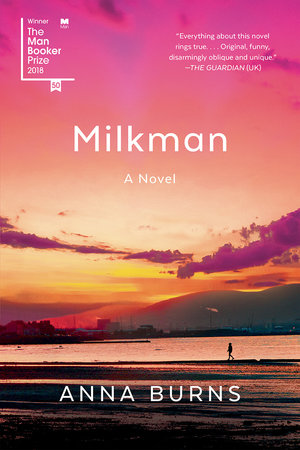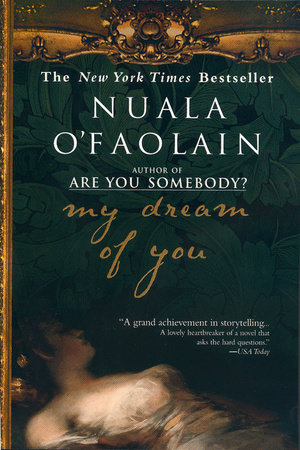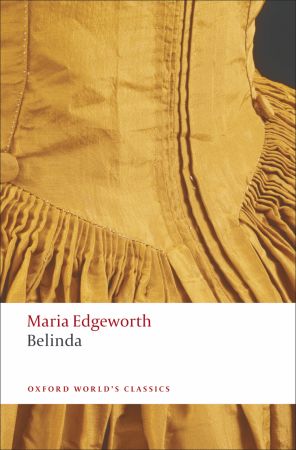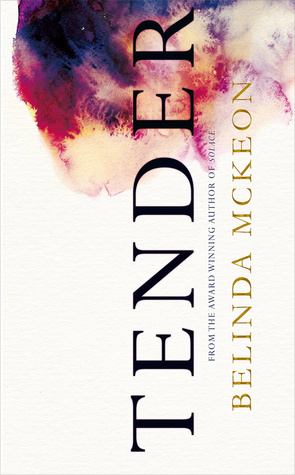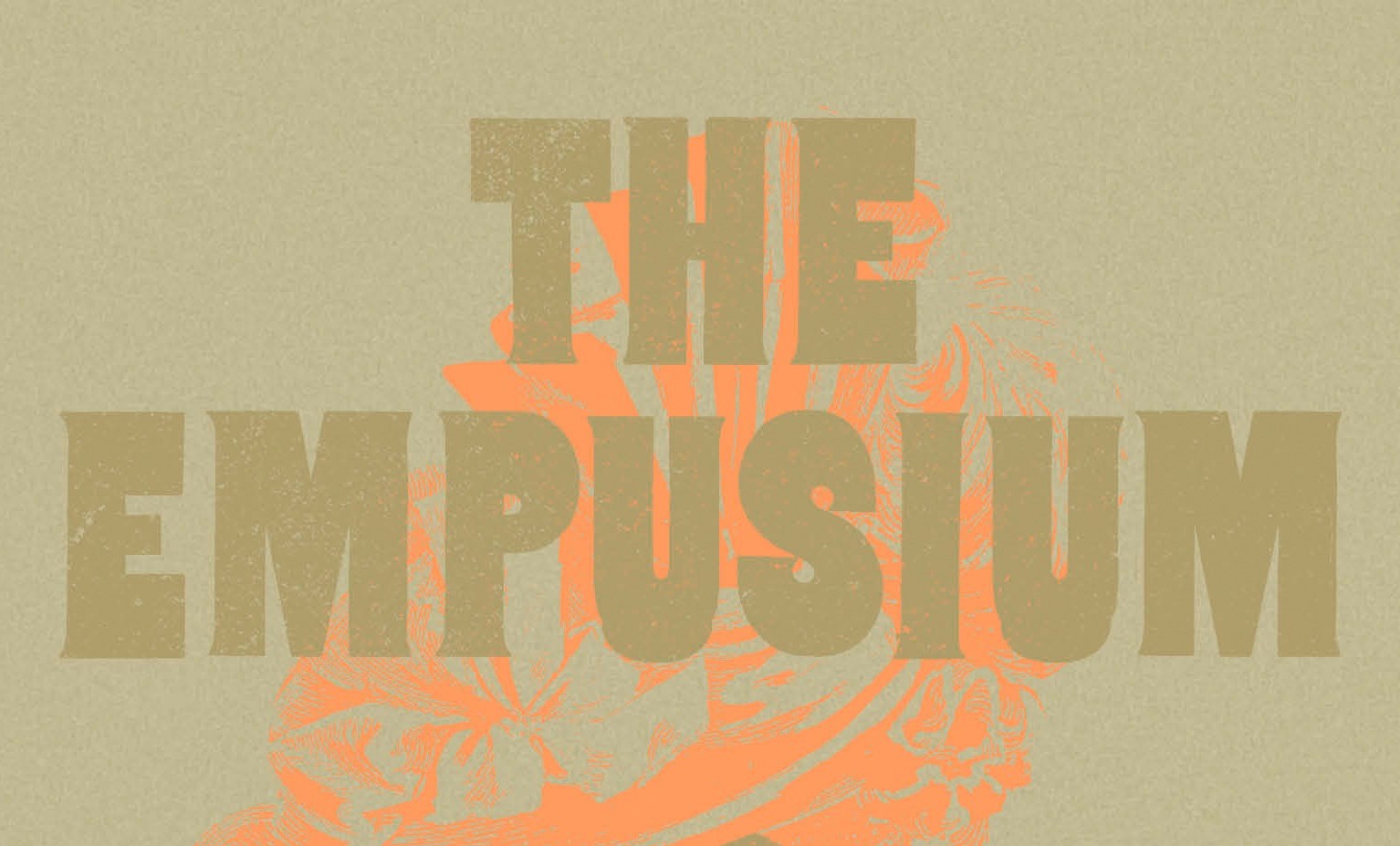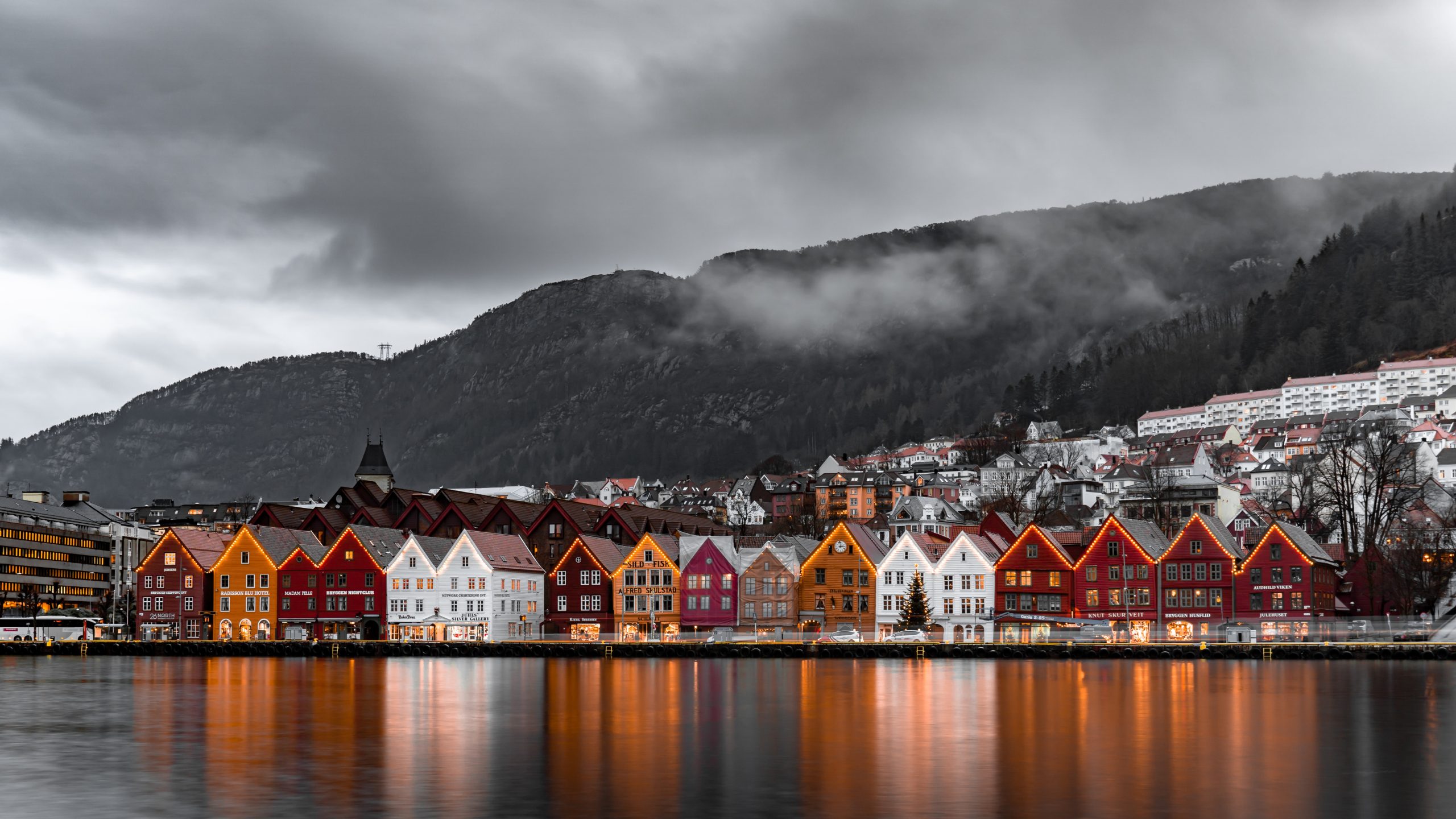Reading Lists
Go Beyond Sally Rooney With These 13 Irish Women Novelists
A literary deep dive into Ireland's many eras and identities
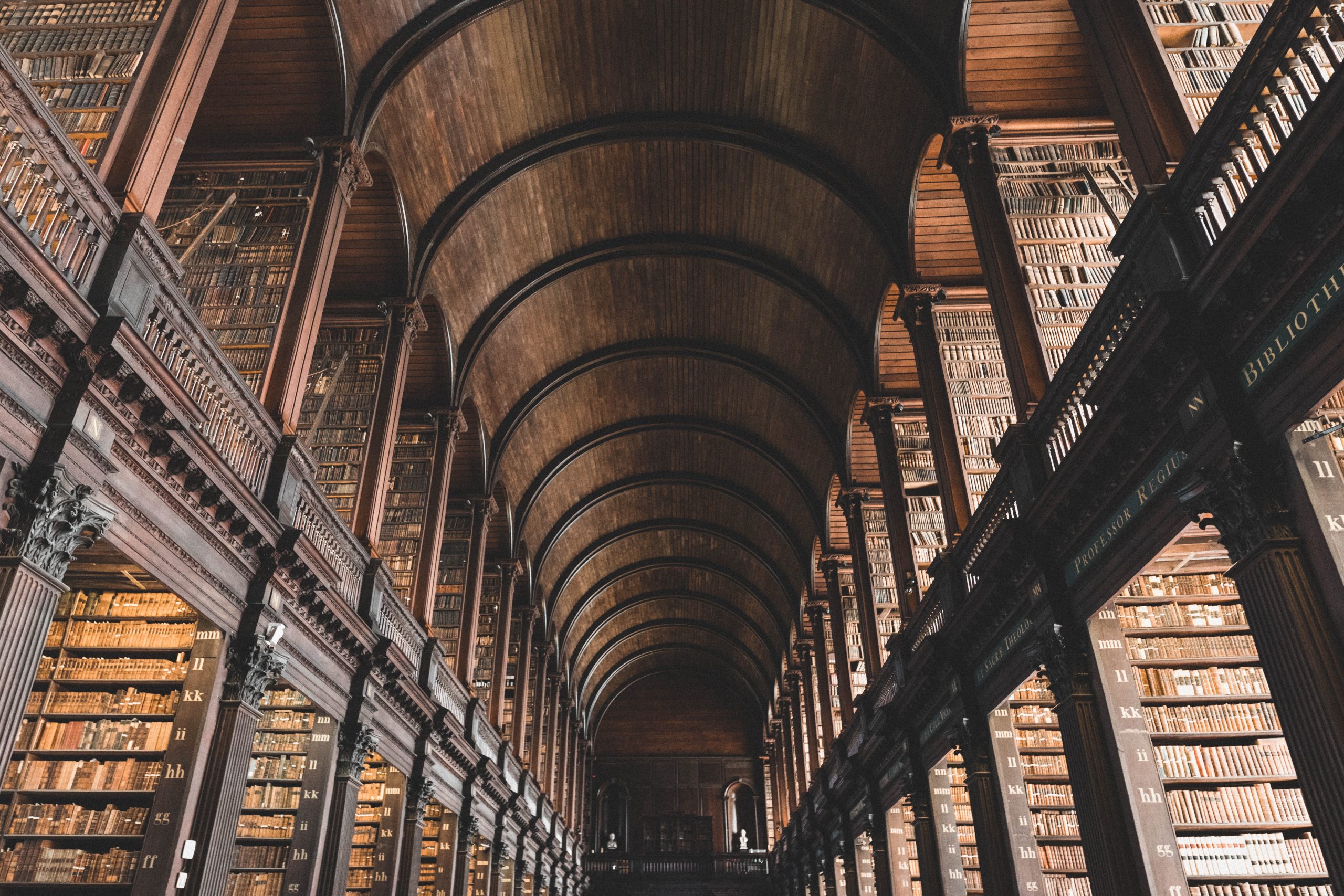
It’s a confusing thing, being Irish. We’re European with none of the sophistication, and for a tiny island, we have an impressive lack of consistency. That said, we also have an impressive literary output. Our politics, social movements, and religions have born enough conflict to make a canon that is varied—and vast. Ireland was one of the few white nations colonized by the Brits, and Fredrick Douglass’s 1840s campaign in Ireland (alongside a national forefather, Daniel O’Connell) is often framed as evidence of kinship with oppressed peoples. The truth is the Irish in America were hostile towards the African Americans—today’s Republican party has a lot of Pats and McSomethings knocking around, so it seems the whiteness found a home in the U.S.
To that end, the literature of Irish-Americans is very different from that of the Irish; an analogy might be the famed Irish Oral Tradition as Americans understand it (bardic storytelling) versus Kevin Barry’s understanding (sex). On the topic of sex, I would like to officially dispel the notion that there’s no one as romantic as an Irishman with a couple pints in him. Firstly, he needs many pints, and secondly, forget Heaney and his fecund feckin’ landscapes (sacrilege!). The good smut is in the pages written by the women (bless you, Edna) who’ve had to fight for it. In 1990, Ireland elected a female president, Mary Goddess Robinson—yet a woman in Ireland had no more rights than the foetus in her womb until January 2019. In the darker, ruminative Irish novel, the religious narrative is a pervasive one, but the Catholic country that had constitutional religion, the laundries, and abusive clergy was also the first country to legalize gay marriage by popular vote.
My point is, there’s a lot for our literature to talk about. To be described as an Irish writer should indicate a citizenship and nothing more, not style, subject matter, setting, and certainly not something “Joycean”—the regal Juan Villoro told me Jim-Jo copied his aesthetic from the Mexicans. Go figure. It’s very exciting when an exceptionally intelligent and young author like Sally Rooney becomes an ambassador to the world, but (no offense Sally) she is not the voice of Irish women, or a generation, or Irish literature today. She is an important voice in a writing landscape that is more robust than it’s ever been. The following reading list does not include Rooney, Anne Enright, Tana French, or Dame Edna. Some might argue that failing to mention these supernovas leaves gaping holes in the picture; I direct you to the previous sentence where I mentioned them. You already know how incredible they are, right? You’re here to discover more.
This is a list of novelists, so I can’t include the likes of Claire Louise-Bennett, Danielle McLaughlin, Wendy Erskine, and Nicole Flattery who uphold (and progress) the revered craft of the short story in Irish literature. I also wanted to incorporate some of the brilliant debuts that Irish women put forth this year, among them Sarah Davis-Goff, Aoibheann McCann, and Sue Rainsfield, but I’ll include their sophomore books in my next list. They say the boom is back in Ireland, and They (bankers) mean Property (which scares me), but I would say Irish lit is certainly booming. Despite my best efforts, I can’t fit everyone here. The following authors are all Irish and they call upon many eras, societies, Irelands, and worlds to craft their novels.
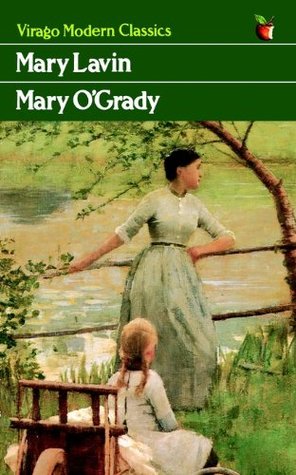
Mary Lavin
“In the Middle of the Fields” is Mary Lavin’s most commonly anthologized work (included in the excellent collection The Long Gaze Back, an anthology of Irish women writers edited by Sinéad Gleeson), but her novels had all the immediacy and adroitness of her short stories. Lavin’s work often focused on widowhood as it pertained to land ownership and religion.
Éilis Ní Dhuíbhne
Say Eye-lish Knee Div-nah. The Dancers Dancing is a good starting point for her body of work which includes both English and Irish-language novels and short story collections. Dancers is set in 1972 and is a dialogue driven narrative about young girls from Dublin and Derry sent to the gaeltacht (Irish-speaking region) of Donegal. A picturesque coming-of-age story of young Irish women.
Lisa McInerney
I’ve heard Lisa McInerney described as the female Flann O’Brien of our time, but I submit that she is Lisa Feckin’ McInerney, an original force of brilliant satirical storytelling and artful profanity. Her debut novel, The Glorious Heresies, won the Women’s Prize for Fiction (the Bailey’s and the Orange prize, variously) and is indeed a glorious book about how one gangster murder ripples through a web of innocent, lovelorn, and truly terrible people. Her short stories are just as gripping, and I hear there’s a third novel coming soon—keep a weather eye out.
Mary Costello
Mary Costello’s latest novel, the beautifully titled The River Capture, just got the nomination for the Irish Book Awards, but her debut, Academy Street, was as deserving. Costello’s writing is singular for its tight intensity which quietly untangles (the often dark) teleological questions.
Eimear McBride
A Girl Is a Half-formed Thing! The Lesser Bohemians! Brilliance in fragmentism, stream-of-consciousness, bildungswoman (forgive me), sex that is written perfectly even when it’s terrifying and brutal. If we had to make the Joyce comparison (ugh), we would make it here.
Claire Kilroy
As the cycle of literature follows the cycle of society, the boom and bust of the Celtic Tiger is now a pillared theme of contemporary Irish fiction. Claire Kilroy’s fourth novel, The Devil I Know, uses this period as its framework, but her previous novel (All Names Have Been Changed) is set in the 1980s version (so grittier and sexier) of Sally Rooney Land, i.e., Trinity College. Her novels have been awarded and praised since the get-go, so take your pick, you can’t go wrong.
Christine Dwyer Hickey
I am a sucker for stories about trains, on trains, referencing trains, but even if you have no interest in the sub-sub-genre of literary railroad fiction, Christine Dwyer Hickey’s work, including Cold Eye of Heaven and The Last Train from Liguria, will read something special. She captures the Hiberno-English of Dublin without the kitsch, and the sequences of life without the saccharine glaze.
Sara Baume
While we’re on the topic of language, it would be remiss not to mention Sara Baume. She plays with phraseology and form in a way that is reminiscent of Olivia Laing or Jenny Ofill. Her subject matter, too, recalls Laing and Ofill; loneliness and loners are her recurrent subjects. It’s not always easy reading, but it’s provoking.
Anna Burns
So, Anna Burns is a Booker Prize-winner, but when she won last year for Milkman, lots of people were like, wow, where did Anna Burns come from? And Irish writers were like, Belfast. It’s true that her pages are not for the whiskey-tippled reader, but every page is worth it. Milkman is set in the troubles-era North and is something between a literary experiment and a harkening to the ol’ stream of consciousness thing you’ve heard a lot about already.
Nuala O’Faolain
I am cheating. Nuala O’Faolain wrote a sensual novel called My Dream of You, published in 2001, that incorporates themes and ideas from her gorgeous memoir, Are You Somebody, published in 1996. So yes, read the memoir to understand the novel; and while you’re at it, read Sinéad Gleeson’s experimental memoir Constellations, which occupies much the same significance as Somebody but in the contemporary.
Maria Edgeworth
This one is a throwback and controversial because Maria Edgeworth was born in England and was the daughter of a Lord—her family relocated to their estate in County Longford in 1782. She is notable, however, for writing against the political ideals of her time, such as ascendancy and land ownership. She was a literary celebrity in her day, and yet largely unrecognized today. Think Jane Austen, but Irish. If you’re looking to pick up the baton, start with The Absentee or Belinda.
Belinda McKeon
Speaking of Belinda! Belinda McKeon. McKeon’s pensive novels Solace and Tender bring together rural Ireland, the effect of tragedy on family and family land, and latterly, the social dynamics of Trinity College Dublin (and you thought Sally Rooney put the famed snobbery of Trinners on the literary map). Her writing is spare but textured by poetry and art.

Lucy Caldwell
Lucy Caldwell’s second novel, The Meeting Point, won the Dylan Thomas prize and is largely set in the expat community of Bahrain before the Iraq war. It’s a carefully wrought story about the perspectives and truths of a marriage. Caldwell is also a playwright and her prose, long and short, has two qualities of great theater: compelling but crucially human.





